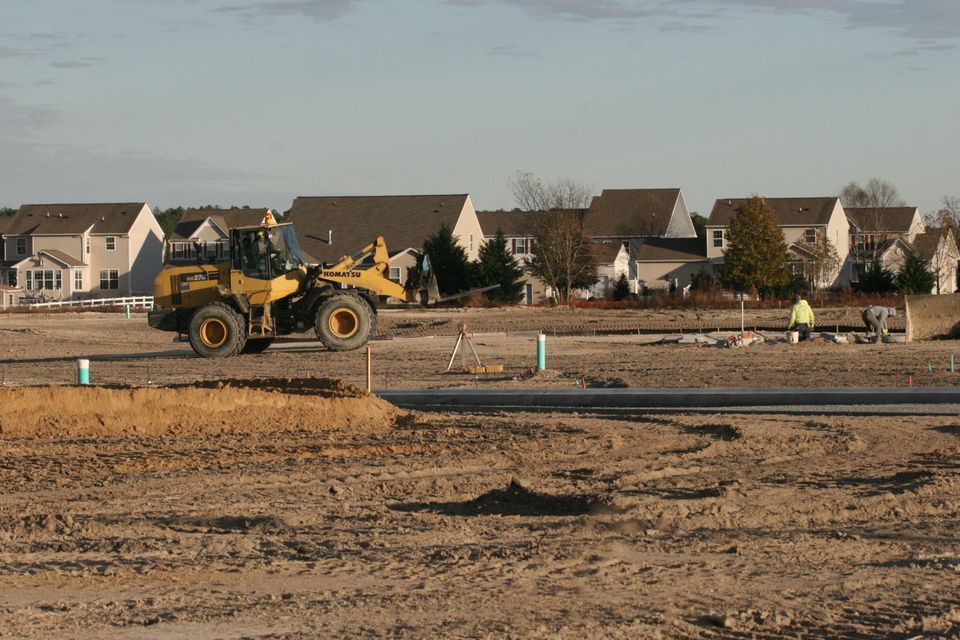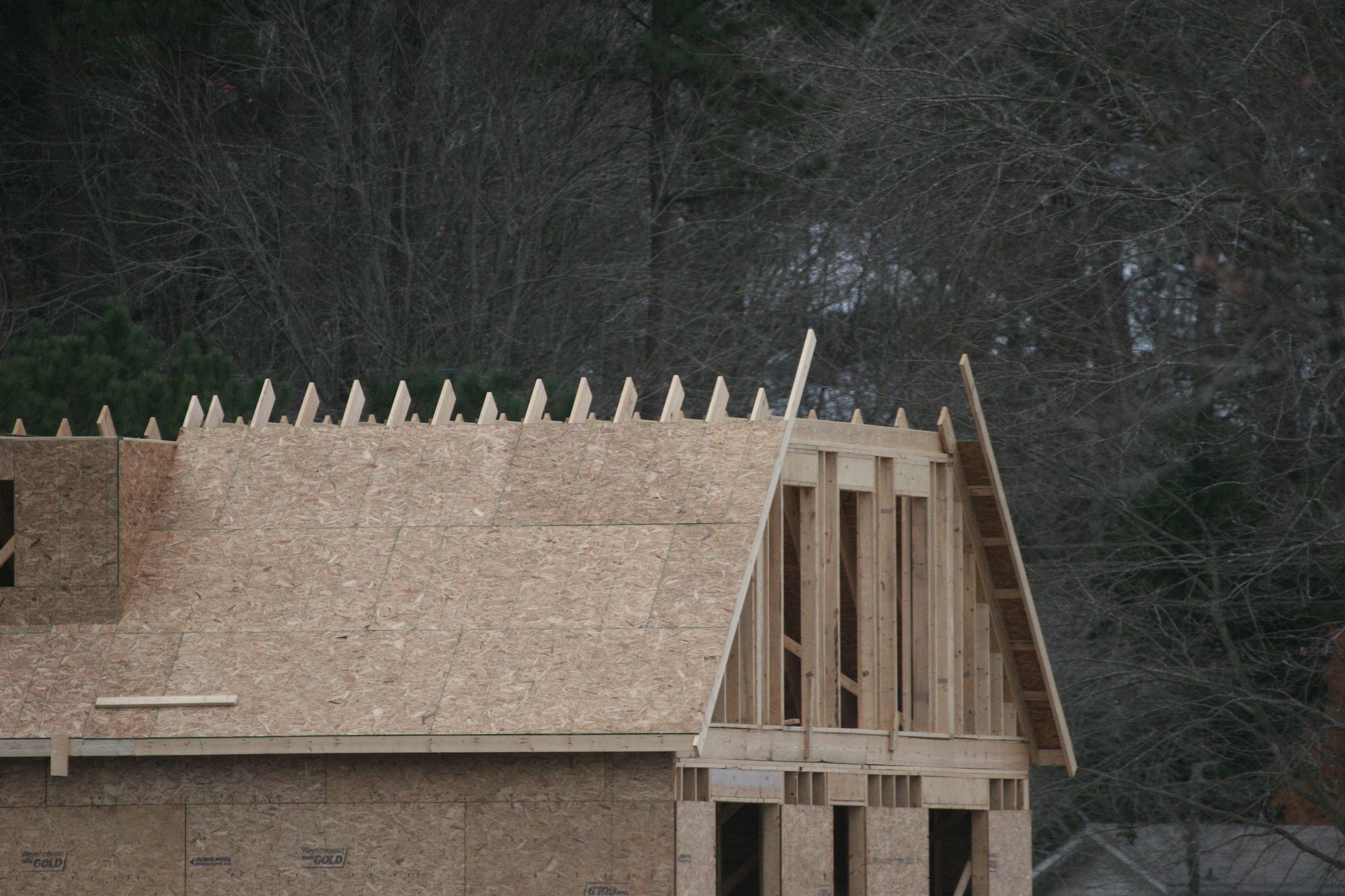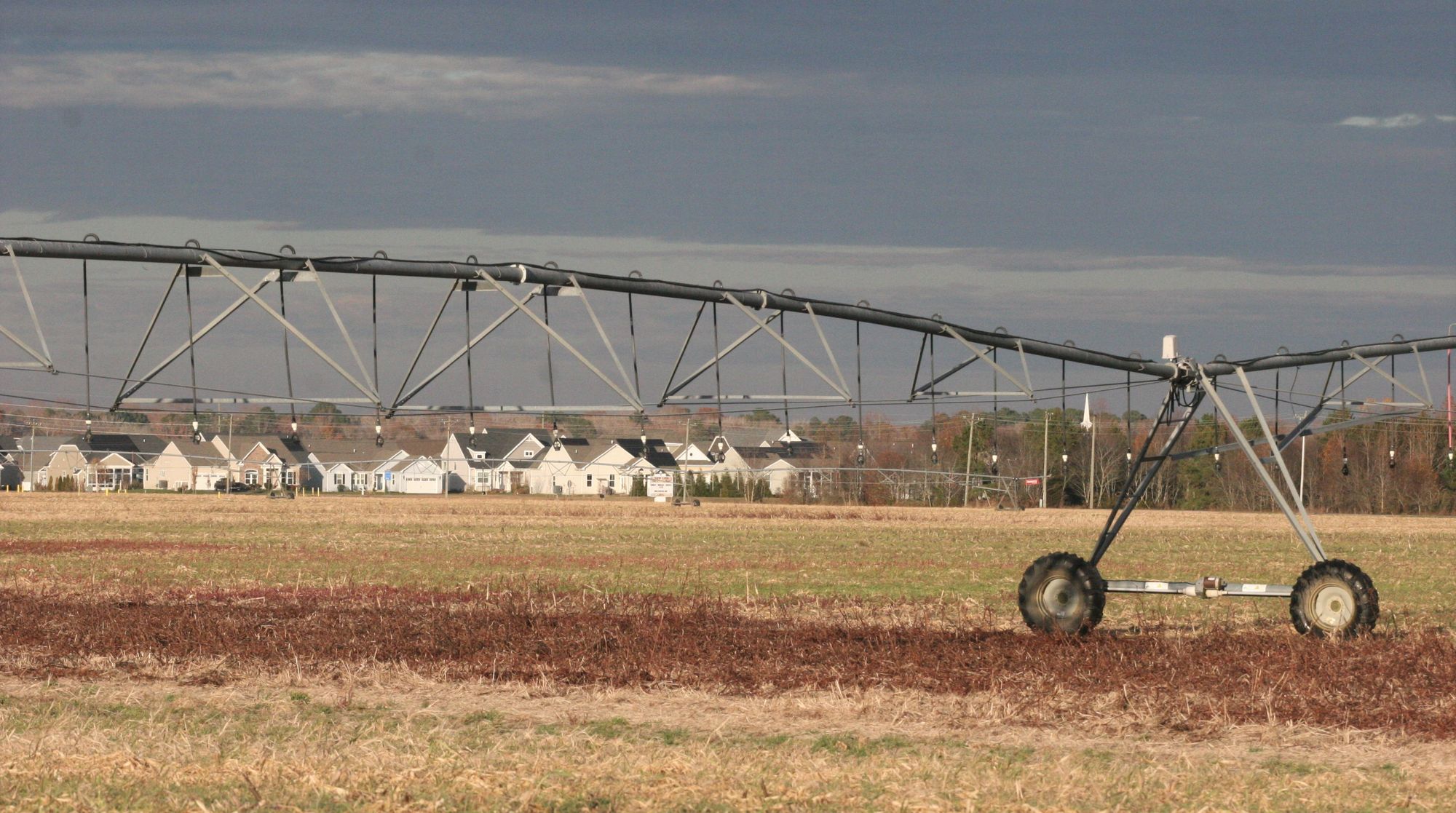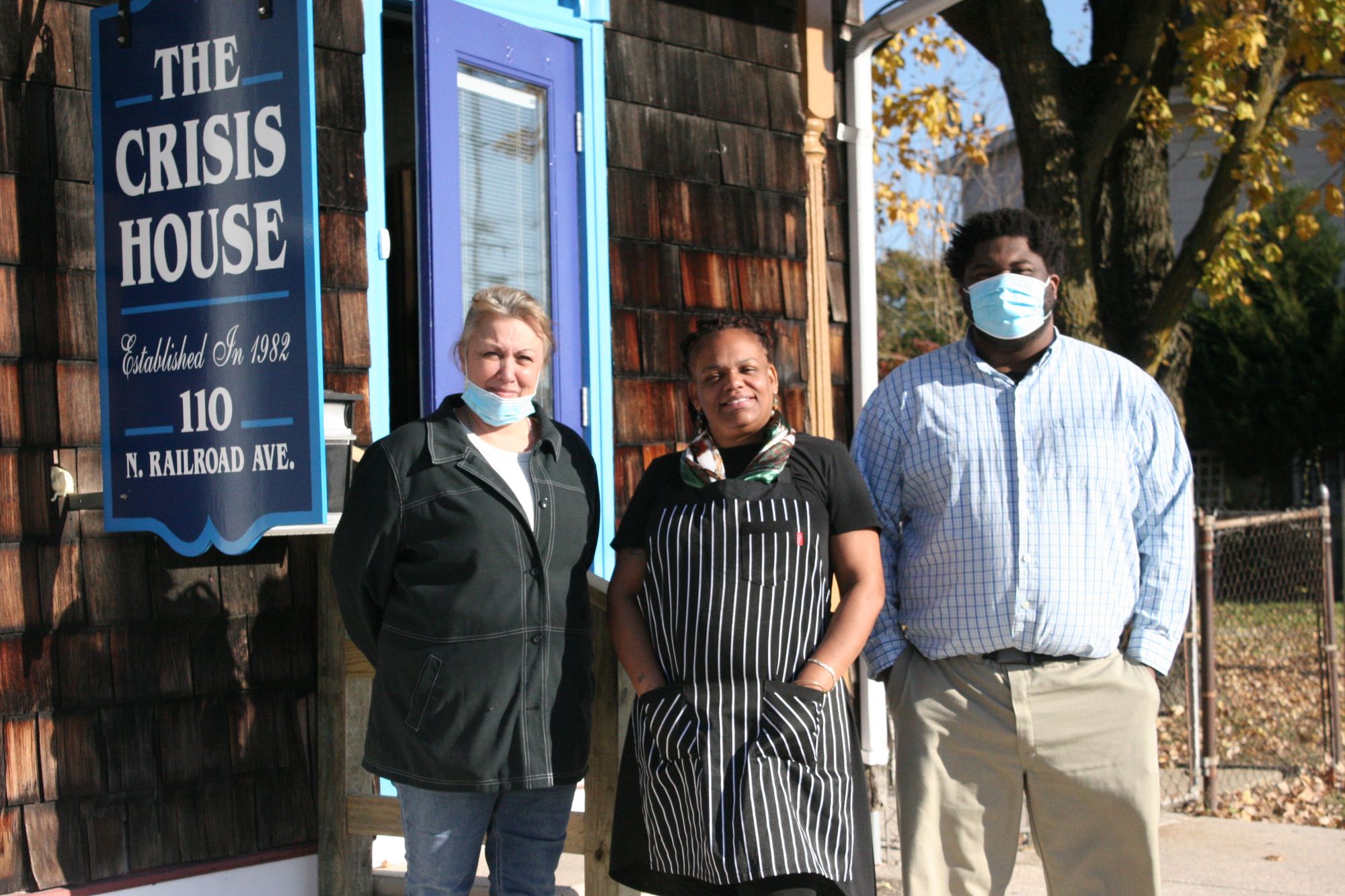To approve or deny development: What County Council can and can't do

The dispute over development in Sussex County is gaining intensity like a tropical storm. It's hard to tell how it will shape up, but it could be a doozy.
Development has been booming downstate. Residents are seeing subdivisions of hundreds or thousands of homes crop up in former farm fields, especially toward the beach but also on the western side of Sussex County.
With that explosive growth has come tension, which could be seen on full display outside the Sussex County administration building in September when protesters lined up along Georgetown's Circle to wave signs with messages like “Overdevelopment is ruining Sussex County” and “Enough!”
Amid the controversy, there’s some confusion over the laws on land use and how they’re applied. This will not come as a shock if you've tried reading and understanding those laws.
When people pack Council chambers during hearings about unpopular developments, they voice concerns over traffic jams, quality of life, pollution and more. They often get an answer from the County Council or the Planning and Zoning Commission that doesn’t satisfy, the gist of which is that officials can’t just reject a project because it’s unpopular or because they don’t like it: They need to follow the law.
“A lot of people don’t understand how it works, don’t understand that it’s not a popularity contest, it’s not a popular opinion vote,” Bob Wheatley, chairman of the Planning and Zoning Commission, said. The commissioners listen to public opinion at hearings, he said, “but it isn’t a case where because 50 people showed up to object to it ... we can’t do it.”
Of course, sometimes it’s a clean-cut case of following the law and other times the law can be a bit murky in its application. So let’s take a look at rules about land use and development and how they play out.
Yes, that’s right, this is an article all about zoning. But have no fear: It’s guaranteed to entertain and amuse, or, failing that, by the time you realize you’re bored out of your skull, you’ll be so far along that you may as well finish.
Let’s begin our adventure in county code.

What zoning is and how it works
People often say, “It’s a free country.” And while it’s true that the rights of landowners have a lot of protections, local governments have taken a strong say in how those owners can use their land.
Some might object to this on the principle of property rights and freedom, although even a land use libertarian might blanch a bit at a wealthy neighbor installing, say, a nuclear plant without any government input.
The idea behind the oversight is that local government will advance the good of the whole community and plan intelligently for growth.
In the late 1960s, the Delaware General Assembly passed laws giving counties the right to do all this through zoning, with the sweeping goal of “promoting the health, safety, morale, convenience, order prosperity or welfare” of current and future residents. (They maybe should have added, “Good luck.”)
Zoning can make people’s eyes glaze over because of the alphabet soup of terms that gets thrown around: AR1, CR1, MR and VRP to name only a few. But the gist is just that property is divided into different zones where different land use is permitted: Agriculture, business, manufacturing and so on. These names can be a bit symbolic, as you’d be startled by the amount of uses allowed in agricultural-residential zones for example. But the general rule is that if you want to do something outside the permitted use with the land, you have to get approval from the county.
That’s where things get fun.
I talked to county officials and land use experts to sort out some of the complexities.
What happens when someone wants an exception to the rule
Projects may never end up needing a hearing or approval at all. But sometimes they need to go before the Planning and Zoning Commission, and perhaps then on to County Council.
There are three ways projects end up going through hearings and approval. This is a bit of a simplification, but here is the general process:
New subdivisions automatically go before the commission, even if they meet zoning standards.
Also, there are conditional uses, which are not forbidden by the zoning but fall outside the automatically allowed use and are subject to, well, conditions from officials. For example, they may tell an applicant it’s OK to put in a junkyard, but it has to have a tall privacy fence around it to hide it from the neighbors.
There are also cases where people request complete changes of zoning for a parcel.
To make things more complicated, there are also variances. These allow a project even though it’s not a permitted use but don't change the zoning. Variances, for some reason, go to the Board of Adjustment instead of the Planning and Zoning Commission. (This article has been updated to correct this point.)
In cases of conditional use and zoning changes, the Planning and Zoning Commission makes a recommendation and passes it along to the council, which makes a final decision.
The fact that every subdivision goes before the Commission might give the impression that commissioners can pick and choose what gets built, but this isn’t true, according to Wheatley.
“Our ordinance is written in such a way that there are certain subdivisions that are permitted by right,” he said. So if projects conform to the law, “then it is very difficult to deny them.”
However, he said, applicants don’t have a right to conditional use or a change of zone.
They do have a right to a hearing before Planning and Zoning Commission, and then to another hearing before County Council.
But this is where the County Council has more leeway than the Planning and Zoning Commission, said James Fuqua, a Sussex County attorney specializing in land use. Council has the final say on these projects and can deny them based on a number of factors, including environmental issues, traffic considerations, and whether the project fits in with its surroundings or, like a nuclear plant, is a stretch.
Those factors are where the decision-making can get a little more murky.

What's good cause to deny an application?
Council members often stress that they can’t just deny an application without good cause, even if it’s an application for something like a conditional use.
They can vote to not approve such a project, “but it’s got to have really good reasons,” Council member Doug Hudson said, “and good, valid legal reasons why we say no.”
When Fuqua is working to get an application approved, he said he tries to show all the reasons the request is appropriate.
If the County Council doesn’t have solid reasons for denying the application, Fuqua said, it can end up in court. This has happened in the past, he said, and cases have cost County Council hundreds of thousands of dollars.
Applicants who are denied can turn to the Board of Adjustment, which serves as a sort of appeals panel. If they don’t convince the Board of Adjustment, they can take the case to Superior Court. And while the court will probably be hesitant to just override the will of the Council, Fuqua said, they might kick it back to them, saying in essence, you need to reconsider this.
It’s not common that an applicant will prevail in appeals, but it’s also not rare, Fuqua said.
Still, what constitutes a good reason to deny a project is subjective and open to interpretation, as are terms like “out of character” in a neighborhood.
Fuqua said council members who want to oppose a development could, and have, used this subjectivity as a way to vote against a request.
There’s another factor to consider, which is the county’s comprehensive plan, often invoked by people on opposite sides of this issue. They can do this because the plan lays out goals that can conflict with each other: Continued growth and preservation of quality of life and natural resources.
The plan also is not county code, and this can cause some confusion.
The future land use map in the comprehensive plan has the force of law, Wheatley said, but the rest of the plan is more of a guideline, albeit “one where we are working earnestly toward.”
Big differences of opinion
Strong interests tend to collide on the interpretation of the zoning law and the comprehensive plan. Residents have to drive in the traffic that a development brings, and they may lament the loss of forests and fields, worry about water pollution or resent when a new development cuts off their view of the water. Developers have often poured millions into engineering and legal fees on potential projects, and object when a project that they understood would be acceptable is turned down. Landowners want the right to do what they want with their property and make a profit from it.
Fuqua noted that for farmers, land is their savings and retirement and they want to be able to borrow against it and sell it.
“How do you take that away?” he said.
Still, critics of the county argue that change is needed.
“You have an antiquated subdivision code,” said Jeff Seemans, a Sussex County resident who formerly worked for New Castle County’s planning department and then for years with a family real estate company.
Beyond the code issues, he said, the county government is too willing to accept projects that go beyond what’s outlined in the zoning, like accepting subdivisions that have more homes than the approved density.
Rich Borrasso, with the Sussex Alliance for Responsible Growth, said there is a lack of infrastructure and a “lack of planning in terms of how the county’s going to grow.”
Sussex County, he said, is a place with very strong private property rights, where what comes first is making sure landowners are not in any way limited in what they can and can’t do with their property, regardless of the impact on the community.
For his part, Hudson argued that “The market dictates a lot of what’s going to happen. There’s still a lot of farmland around in (the eastern) part of the county.” However, he said, “I’m always in favor of buying land for preservation.”
“I want to leave the county better than when I found it,” he said. “My intentions are nothing but the best for the county.”
We’ll take a closer look at some of these differences of opinion on how the county approaches land use in part two.

More stories:


